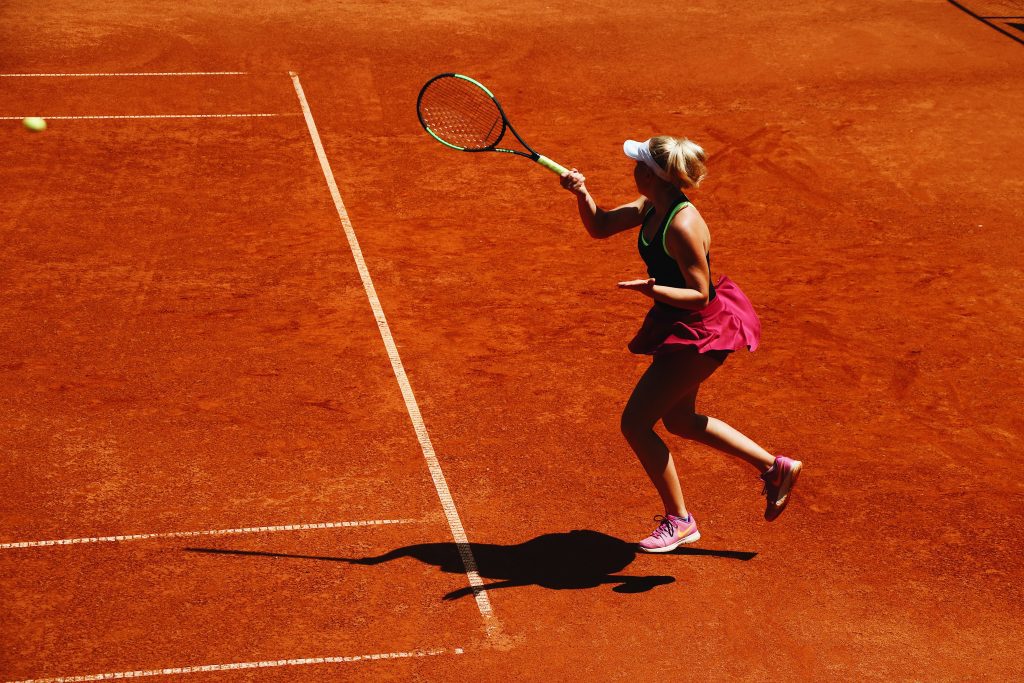The Historical Context Of Skirts In Women’s Athletics
It is a common sight to see female athletes competing in skirts in various sports, such as tennis, volleyball, and field hockey. Despite the advancement of gender equality in sports, the use of skirts in women’s sports continues to be a contentious issue. There are several reasons why this practice has persisted, even in modern times.

One of the reasons for incorporating skirts in women’s sports is tradition. Many sports have been played by men and women for centuries, and their attire has become part of the sport’s culture. For example, in tennis, the original attire for women was long skirts and dresses.
Over time, the skirts became shorter, but the tradition of wearing a skirt remained. This tradition is often tied to the history and culture of the sport, and many people believe it adds to the sport’s aesthetic value.
Another reason is the perceived femininity associated with skirts. Women’s sports have often been marginalized, and incorporating skirts may be an attempt to make the sport more attractive and marketable to the general public.
Skirts are seen as a way to showcase a woman’s femininity while still participating in a physically demanding activity. This notion is often reinforced in the media, where female athletes are frequently portrayed in skirts, makeup, and jewelry.

Additionally, skirts are sometimes incorporated for practical reasons. In sports like field hockey and lacrosse, the skirt is part of the uniform and helps distinguish the players from one another. It also provides a level of modesty, as the skirt can cover the player’s shorts during gameplay.
However, the use of skirts in women’s sports has also been criticized for perpetuating gender stereotypes and reinforcing the idea that women’s sports are less important than men’s sports. Some female athletes have even spoken out against the practice, stating that they prefer to wear shorts or pants for comfort and mobility reasons.
While tradition and femininity may be significant factors in the incorporation of skirts, it is important to consider the impact this practice may have on gender stereotypes and the perception of women’s sports. Ultimately, the decision to wear skirts or not should be left up to the athletes themselves, and they should have the freedom to choose what makes them feel comfortable and empowered on the field.
